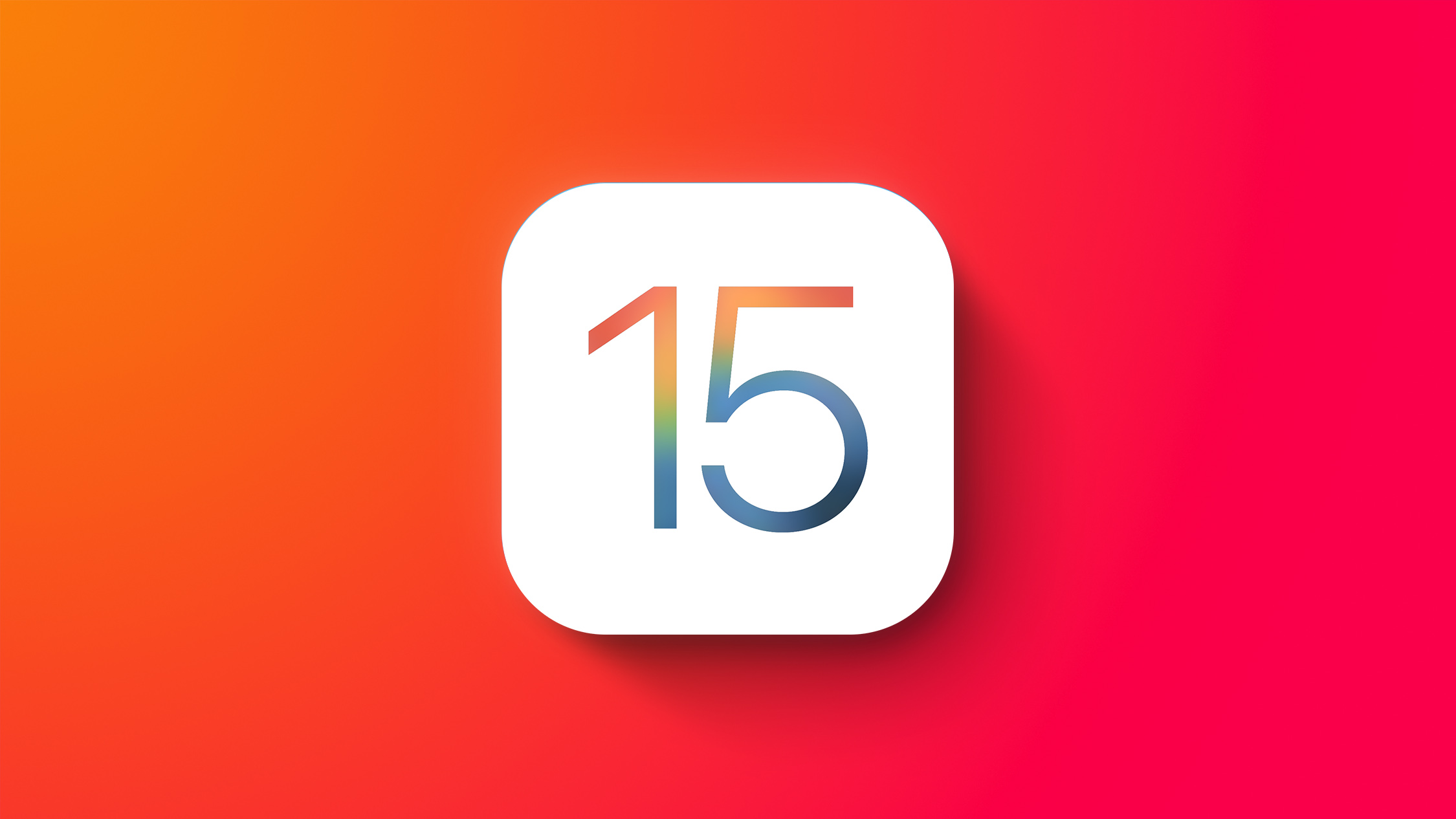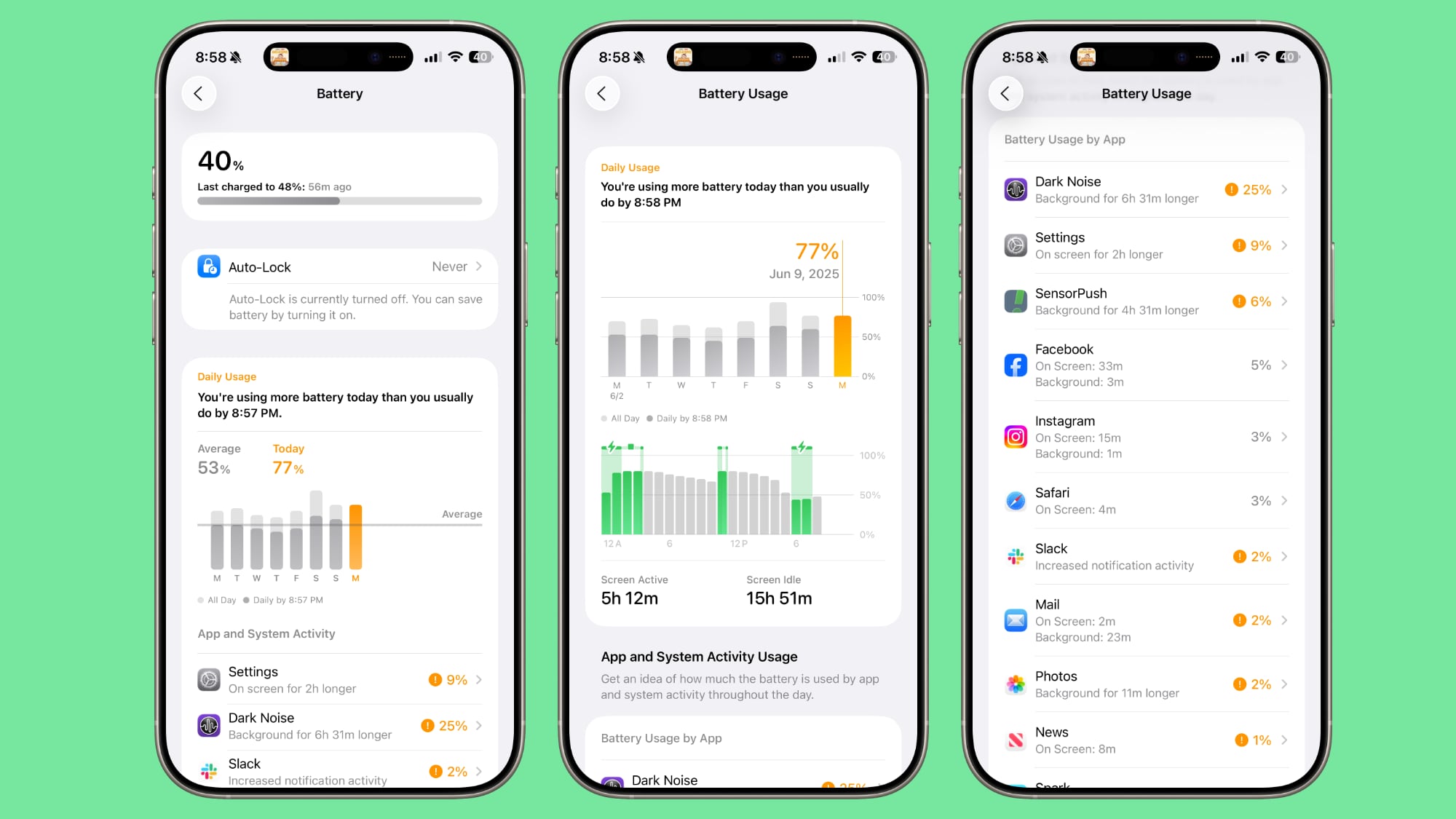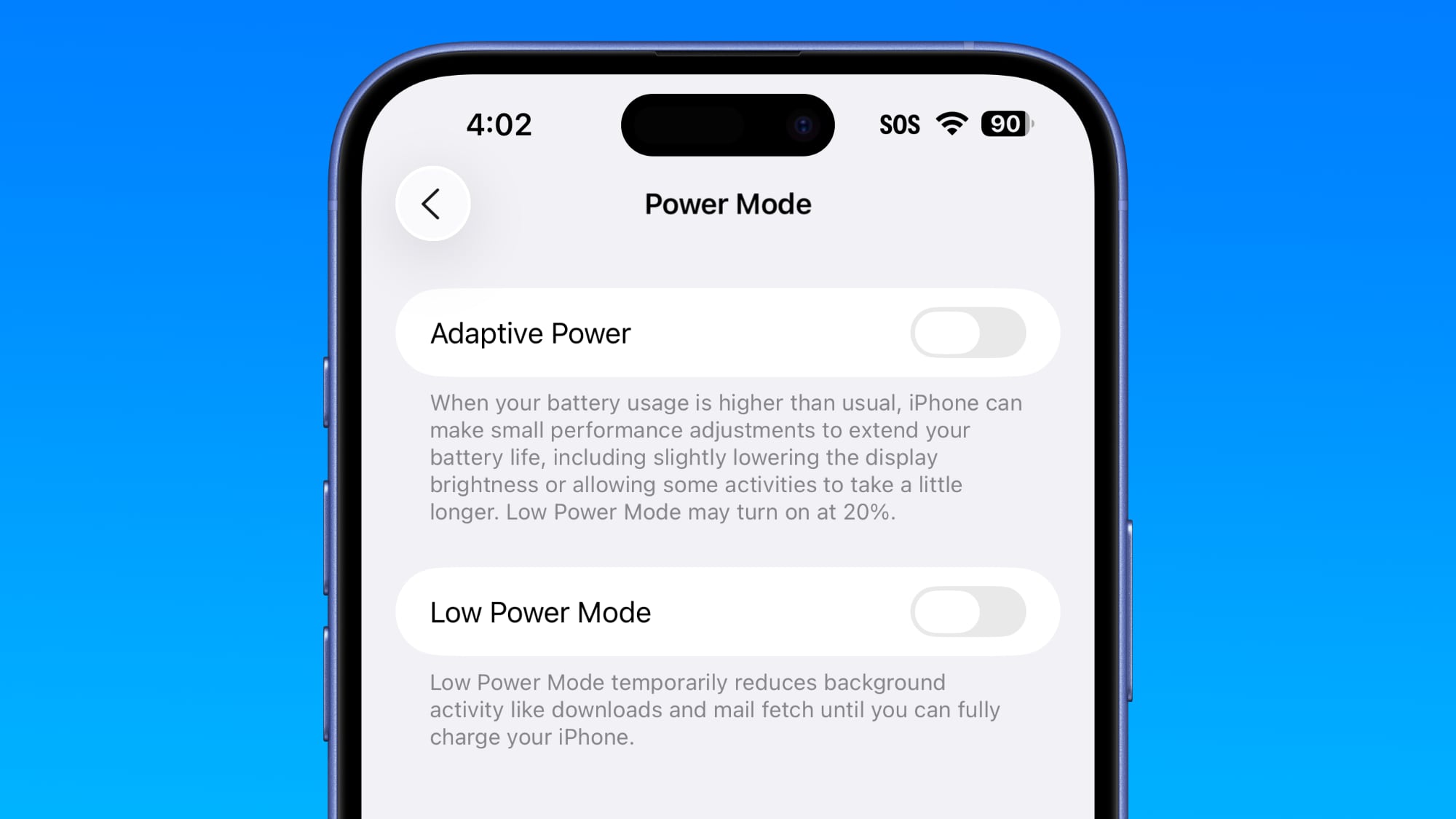I’d consider limiting the charge level as crippling the phone, personally
Once you realize that keeping a lithium battery at a high charge level can be just as damaging as letting it drop to a low voltage, you might start wishing your device would never charge all the way to 100%. Even though Apple has said that “when you set the charging limit between 80% and 100%, the system may occasionally allow a full charge to 100% to calibrate battery readings,” the long-term effects are worth considering.
For what it’s worth, I’ve been really happy with the battery life on my iPhone 16 Plus — I can actually go two days between charges. Interestingly, from day one until now, my battery health is still at 100%. Compare that to my old iPhone 7 Plus: even after replacing it with a brand-new original battery, and sticking to my usual habit of charging to 100% all the time, I remember clearly — within the first month, the battery health had already dropped below 100%.
So regardless of what others say or what conspiracy theories float around, I personally stick to a max charge limit of 85% and never let the battery drop below 30%. I absolutely refuse to get obsessive about always hitting 100%.
First, I had a Dyson vacuum cleaner that I used for over four years. My usage pattern was pretty light—about once every one to two weeks, and each session lasted around 15 minutes. Here’s the key part: I always left it on the charging dock, keeping it at 100% all the time. Then one day last year, it suddenly stopped working. Just a few days earlier, I had used it and everything seemed perfectly normal—battery levels looked good and there were no signs of any issues. Then out of nowhere, the battery just died.
The second case was with my old MacBook Air i7. I also always kept it fully charged at 100%, and the battery cycle count was extremely low. But one day, it just shut down unexpectedly while I was using it. No warning signs at all. After replacing the battery, everything went back to normal.
These two cases might be useful as reference points when thinking about battery health.
Last edited:








